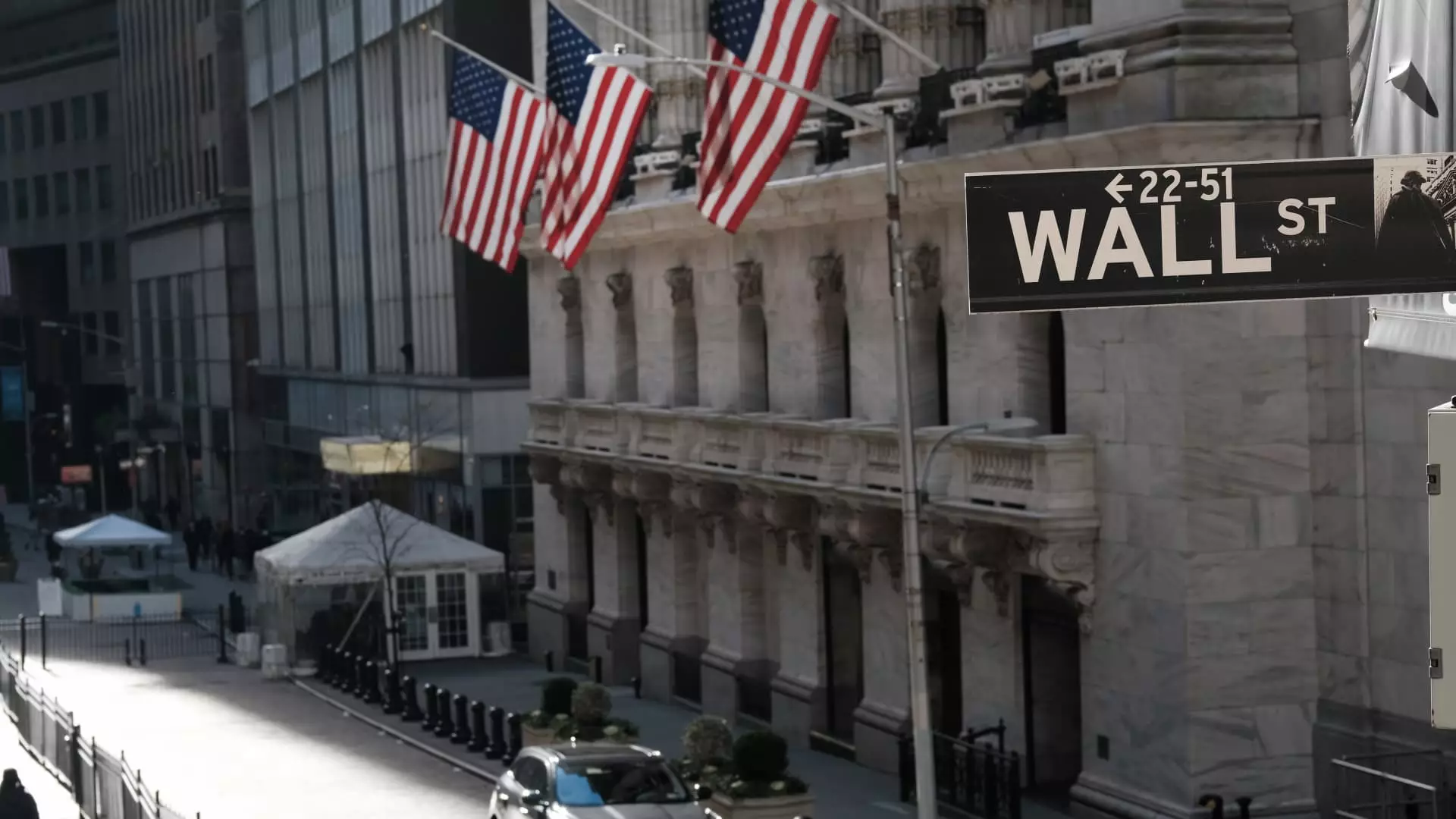In a move that echoes the contentious debates surrounding post-financial crisis reforms, the Federal Reserve recently proposed significant changes to a key capital requirement—one that could fundamentally alter the safety net designed to protect the banking system. The enhanced supplementary leverage ratio (eSLR), a critical metric that mandates how much capital banks must retain, is under scrutiny as the Fed seeks to ease these essential safeguards. While proponents cheer the potential for greater liquidity and lending, a deeper examination reveals troubling implications that could overshadow any short-term gains.
Banking on Risk: A Recipe for Disaster?
The rationale behind the Fed’s proposal is rooted in a decade of evolving financial landscapes and institutional pressures. With the assertion that the leverage ratio has become excessively restrictive, Fed Chair Jerome Powell contends that a reevaluation is not just prudent but necessary. As banks accumulated sizable reserves and concerns about Treasury market liquidity escalated, some Wall Street voices and Fed officials advocates for a roll-back of the stringent capital requirements implemented as bulwarks against financial crises. However, this sentiment bears a stark irony; the very crisis response mechanisms intended to ensure stability now risk being dismantled in favor of increased profitability.
The proposed reduction—a decrease of 1.4% for large banks and a staggering $210 billion for subsidiaries—strips away the buffer designed to absorb potential shocks during turbulent financial periods. As Ferguson and Powell tout this change as a means to foster resilience in U.S. Treasury markets, the underlying concern remains: what happens to systemic stability when the safety net is progressively frayed?
Market Dynamics: A Double-Edged Sword
Supporters of this regulatory rollback, including Vice Chair for Supervision Michelle Bowman, argue that it could lead to better functioning Treasury markets and alleviate the strain that current regulations impose. However, echoing the concerns of dissenting voices like Governors Adriana Kugler and Michael Barr, one must question whether the loosening of these requirements will truly lead to a healthier financial landscape, or simply empower banks to prioritise short-term returns over systemic safety.
Marking Treasurys and high-yield bonds on a similar scale does little to inspire confidence in a sector still grappling with the aftershocks of the 2008 crisis. Critics argue that any apparent benefits—like increased access to liquidity—are overshadowed by the possibility of allowing firms to engage in riskier, profit-focused endeavors. Fundamentally, it seems the proposals flirt dangerously with a belief that the chains of regulation can be lightened without jeopardizing the integrity of an already tenuous system.
The Discretionary Dilemma: Safeguarding Against Irresponsibility
Opponents of the proposal warn that if banks utilize the revised capital structure merely to bolster shareholder returns rather than enhance Treasury intermediation, the results could be catastrophic during periods of market stress. The additional capital could, rather chillingly, become fodder for riskier ventures instead of fortifying their balance sheets against potential crises. This raises an alarming question: is the Federal Reserve truly prepared to gamble on the goodwill of institutions notoriously known for prioritizing profit over prudence?
Moreover, with the introduction of Basel standards into this discourse, one must wonder whether the ambition to align domestic regulations with international norms is worth the potential peril of creating systemic risk. It is a precarious balance—one that could easily tip in favor of entrepreneurial greed, rather than promoting a ruggedly resilient national banking framework built to withstand the uncertain quakes of the global economy.
In essence, the Federal Reserve’s proposal to ease capital requirements may be seen as a response to shifting market dynamics, but it drips with the potential for unintended consequences. The initial push for greater liquidity ignores a vital truth: solid safeguards are essential not only to prevent reckless practices but to ensure a resilient and trustworthy banking system capable of weathering future storms. As we observe these developments, the stakes have never been higher.


Leave a Reply